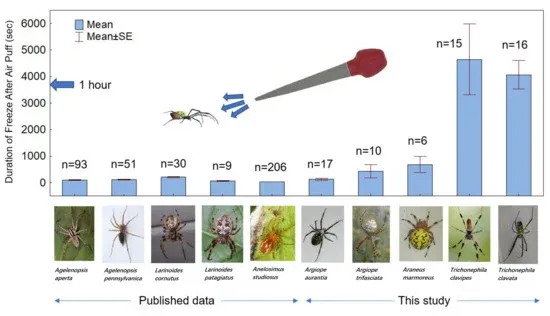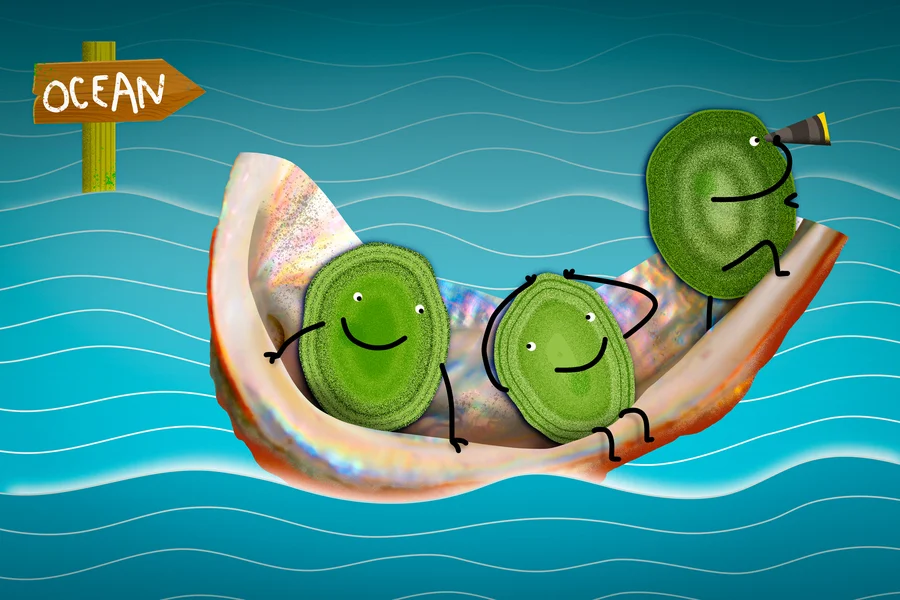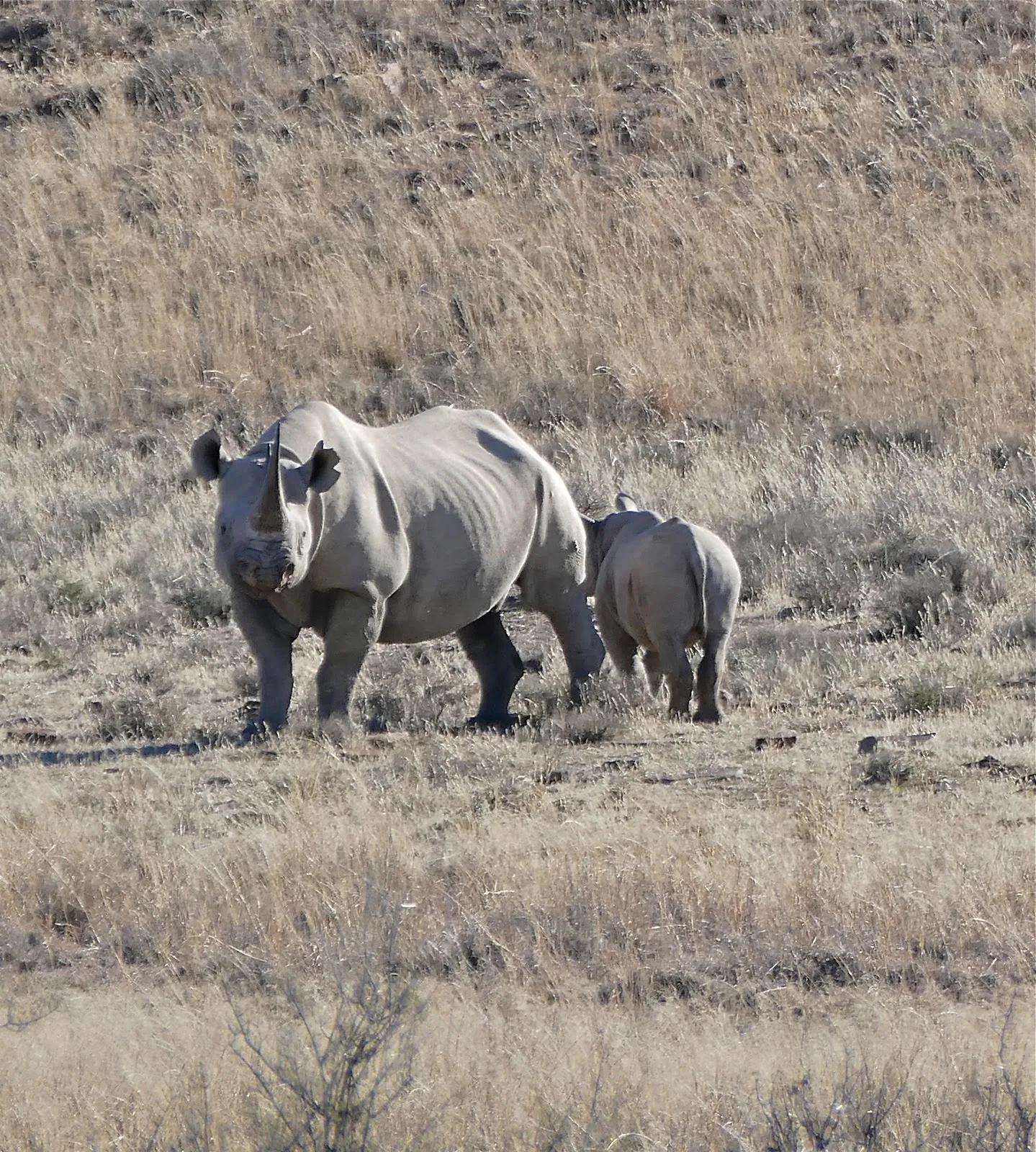How Breast Cancer is 'Designed'
How Breast Cancer Arises | Harvard Medical School
Bear in mind that Creationists believe all parts of the human body, indeed all parts of every living organism, were intelligently designed by an omniscience and omnipotent god. With omniscience comes inerrant foresight of the consequences of any particular design, so, whatever the design does, must be the intended outcome of the design, or else the designer is not omniscient and needs to wait to find out what its design does.
In that case it can't be described as omniscience, but still being intelligent, it should be capable of discarding a design that doesn't do what it wants and starting again. In other words, it should be capable of ensuring that anything it designs does exactly what it wanted it to do, and should do it efficiently, with minimal waste and with the minimal complexity.
In other words, omniscient or not, its designs should comply with the basic principles of intelligent design - minimal waste, minimal complexity and maximal fitness for a clear purpose and endurance over time.
Sadly, for creationists that's not what we see; instead, we see evidence of utilitarianism. Whatever conveys a short-term benefit in terms of producing more offspring that go on to reproduce, is retained, regardless of any long-term detriment, provided the short-term benefits outweigh the long-term detriments. However, the result is often suboptimal compared to what it would have been had there been no detrimental effects, or had the design been more efficient at what it does.
One of the pieces of evidence for utilitarian design is the replication of the entire genome in every cell in multicellular species, when only a small portion of it is needed in specialised cells, and a characteristic of multicellularity is cell specialisations. This ludicrously wasteful method of cell reproduction, retained because it was the method used in the ancestral single-celled species, has meant that a complex system of epigenetics is needed to turn off the unwanted genes and to ensure just the right genes are active when needed. It also requires another complex mechanism for detecting and repairing the frequent mistakes that replicating billions of base pairs of DNA inevitably produce, because the method of replication is far from perfectly designed.
The result is two of the hallmarks of bad design - prolific waste and unnecessary complexity. And now, as shown by this piece of research by Harvard Medical School scientists, harmful consequences. As though the risks of developing a cancer due to run-away replication of cells, as sometimes happens when cell replication goes wrong, the scientists have discovered that one of the types of one of the commonest cancers, breast cancer, is caused when the sex hormone, oestragen, needed for reproduction, enhances the probability of things going wrong and producing a cancer.
Traditionally, creationists faced with this sort of evidence against intelligent design, resort to religious mumbo-jumbo and start gibbering about 'The Fall' allowing 'sin' to enter the world, as though there is some other intelligence, empowered by 'sin' against which their supposedly omnipotent god is powerless, or this thing called 'sin' is itself capable of intelligently creating things. But what of these problems - the result of cell replication going wrong because of the sex hormone that in needed for reproduction in women, did their putative designer not design? Cell reproduction or sexual reproduction?
The research and its significance are explained in a Harvard Medical School press release by Ekaterina Pesheva:









.webp)













